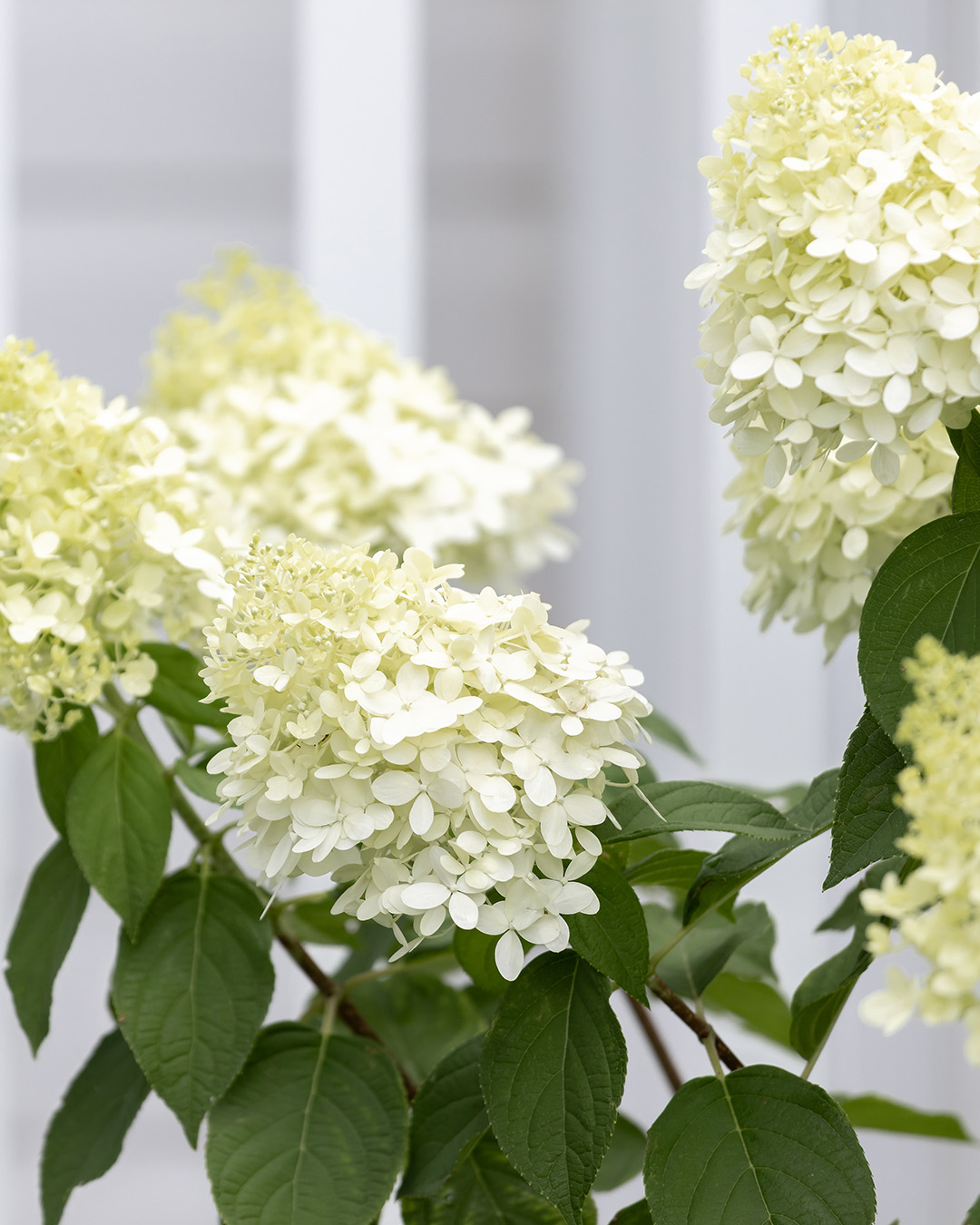The Ultimate Guide To Hydrangea Leaves Turning Yellow
The Ultimate Guide To Hydrangea Leaves Turning Yellow
Blog Article
Hydrangea Leaves Turning Yellow Fundamentals Explained
Table of ContentsNot known Incorrect Statements About Hydrangea Leaves Turning Yellow Getting My Hydrangea Leaves Turning Yellow To WorkHow Hydrangea Leaves Turning Yellow can Save You Time, Stress, and Money.The Only Guide for Hydrangea Leaves Turning YellowThe Basic Principles Of Hydrangea Leaves Turning Yellow The 10-Minute Rule for Hydrangea Leaves Turning Yellow
One possibility is that the plant is not getting enough sunlight. Throughout the winter months, the days are shorter, and the sun is not as extreme, so make sure to put your Hydrangea in a spot where it will certainly access the very least 6 hours of sunlight daily. An additional reason for Hydrangea yellow leaves in winter might be way too much water.Ultimately, the leaves could be turning yellow as a result of temperature level tension. Hydrangeas like cooler temperature levels, so if the plant remains in an area that obtains as well warm or as well cool, the fallen leaves will transform yellow. If you believe temperature level stress may be the issue, try moving your Hydrangea to a different place or protecting it from the elements with a cloth wrap.
New growth will certainly be observed in very early springtime, when you'll notice environment-friendly foliage sprouting from stems that could have appeared dead. If your leaves are transforming brownish in spring or summer, there are most likely various other variables at play (Hydrangea Leaves Turning Yellow). The specific factors depend on the range and their growing conditions, however generally, brownish hydrangea leaves are an indication of dehydration and wilting in the warm
Things about Hydrangea Leaves Turning Yellow

Wilting is created by absence of moisture, indicating there are a few excellent methods to use to stop this from occurring. Give your hydrangeas a healthy and balanced glug of water every couple of days when the temperature levels are climbing high, and deal with the dirt to better preserve moisture. After sprinkling, a dab of compost around the base of each plant need to help with this by maintaining dampness in the soil.
This disrupts fungis spores from clearing up. "The Botrytis fungus flourishes in cool and damp problems, so avoid bathing the whole plant when sprinkling and just water at the origins," shares Roy Nicol, a Master Gardener. If you've missed out on the chance for prevention and are dealing with an infection you need to eliminate all dead or significantly infected fallen leaves from the plant and ruin them to avoid additional spread.
Some Known Factual Statements About Hydrangea Leaves Turning Yellow
As a basic guideline, we recommend removing fallen leaves when they are 50% brown or greater. While browning caused by any factor can not be reversed, taking the corrective action explained above will encourage the plant to expand brand-new fallen leaves so the harmed leaves either diminish normally or can be eliminated by the gardener.
Hydrangeas should be watered only when the top few inches of dirt are completely dry, and must be offered a detailed soaking each time. Underwatered hydrangeas are most likely to have yellow, wilting, and sagging leaves. Raise the frequency and amount of watering for your shrub to aid solve this problem. Hydrangeas favor relatively wet (however not soaked) soil, so provide the origins a good soaking and enable water to be soaked up right into the dirt before applying much more.
The means you deal with hydrangea leaves transforming yellow depends upon the essential problem creating the yellow leaves. This can be difficult to determine, once you do you will have the ability to change your plant treatment accordingly to look after the trouble. As stated before, a common issue with hydrangeas is nutrition deficiencies.
The 7-Minute Rule for Hydrangea Leaves Turning Yellow
During the height growing season, you ought to water at a price of regarding 1 inch per week. go to my site If you are fretted about not effectively sprinkling your hydrangeas, there are a couple of points you can do. Including mulch to the base of the plants over the root zone aid to control the temperature around the hedge and keep water in the soil.
You can acquire and mount easy watering globes. Watering worlds hold water in them and slowly release this water right into the dirt as the ground comes to be dry. Simply load the globe with water, stick the spout right into the dirt within the root area near the base of the plant, and leave it in location until all the water is gone.
If it is too severe, some plants will certainly never ever recuperate from transplant shock and will proceed to decrease up until they die. Minimize transplant shock by consisting of as lots of roots as possible when excavating up your plant to relocate it. Make sure to provide more water than common in the weeks complying with planting to help your plant recoup and expand new origins.
Not known Incorrect Statements About Hydrangea Leaves Turning Yellow
To prevent spreading out fungal illness, make sure to thouroughly tidy and sanitize any type of trimming tools prior to and after usage. Lastly, you can attempt to flush the origins with water to remove excess fertlizer.
Your hydrangea plant prefers well-drained, damp dirt. If the pot has poor drain, or your dirt is flooded, the leaves will certainly begin to turn yellow. Overwatering makes the soil soggy (Hydrangea Leaves Turning More Bonuses Yellow). Swamped and soaked soil can bring about stunted growth, leaf staining, and, worst of all, rot fungal conditions. Even though over-watering can be dangerous, under-watering is not an option either.
If you do not sprinkle your hydrangea plant for greater than a week, the fallen leaves will start turning yellow. Fungal illness that strike the plants often tend to show join the roots and the leaves of the plant. One of these illness is origin rot, that makes it hard for the plant to feed properly.
Hydrangea Leaves Turning Yellow - An Overview

Report this page